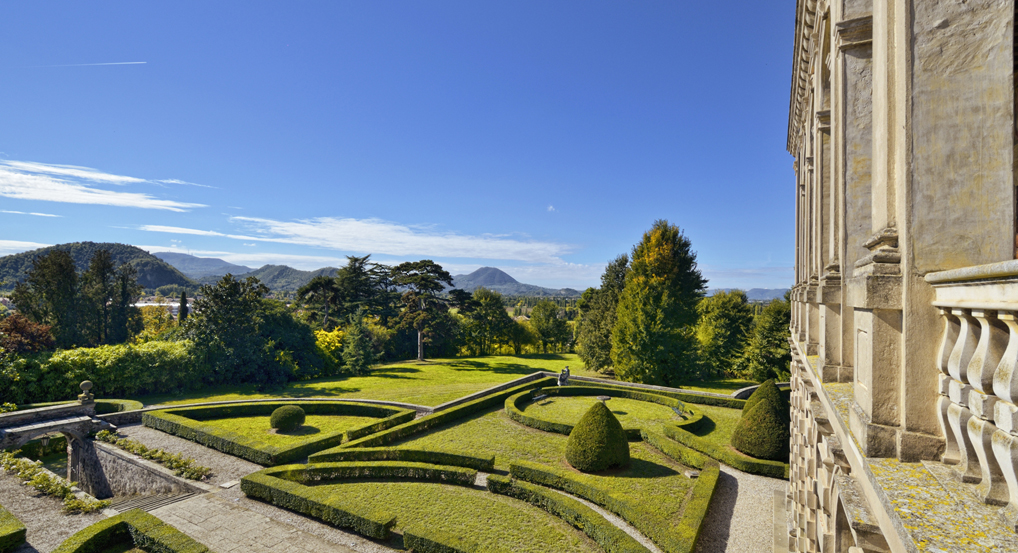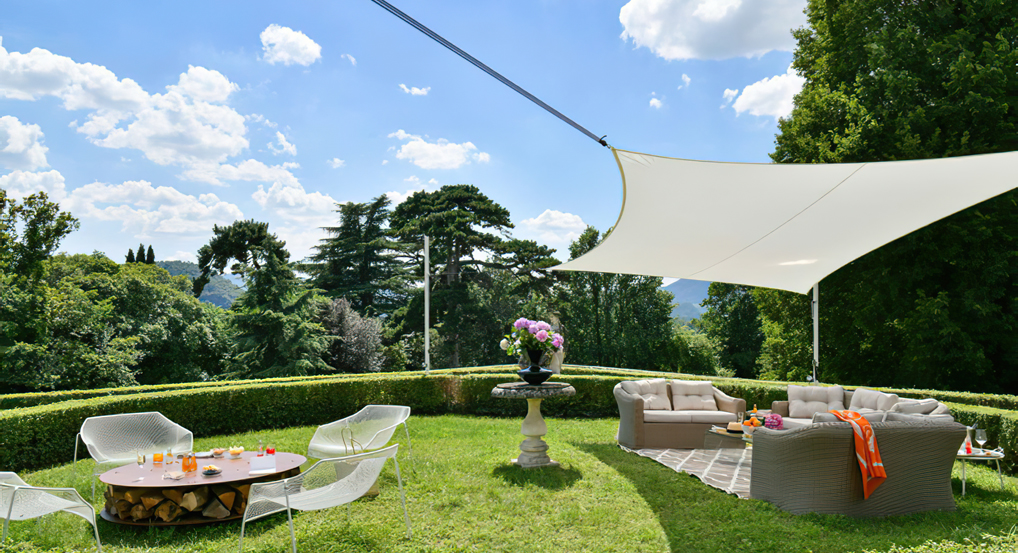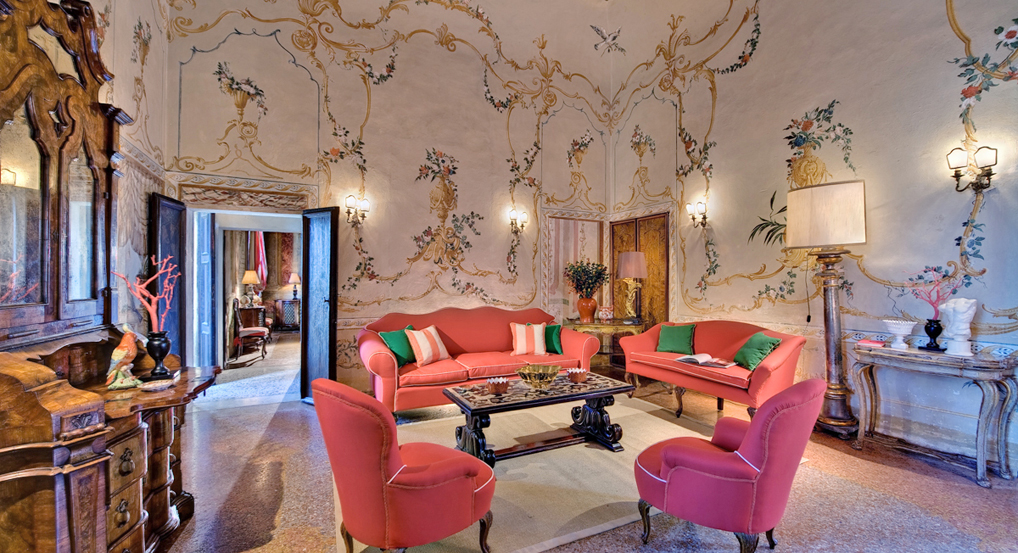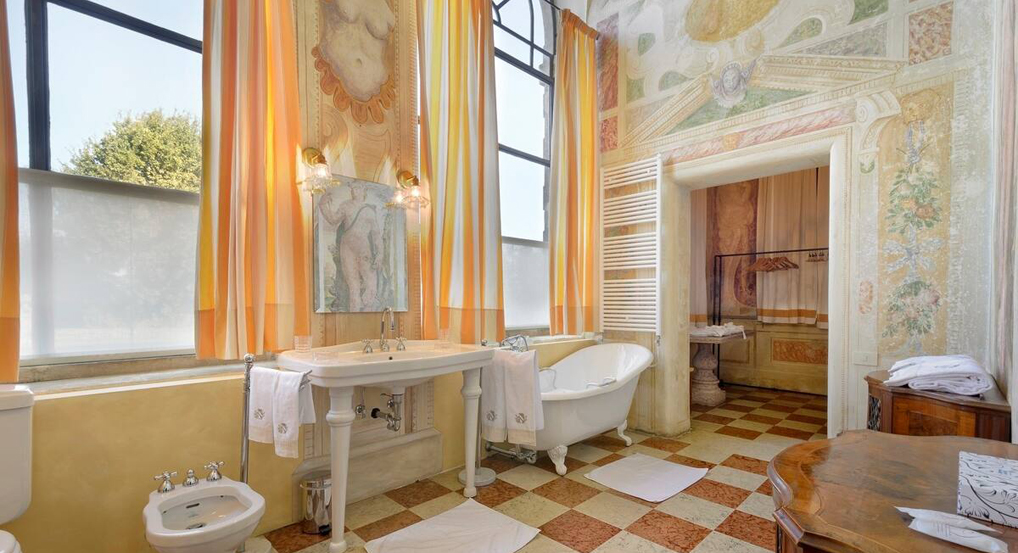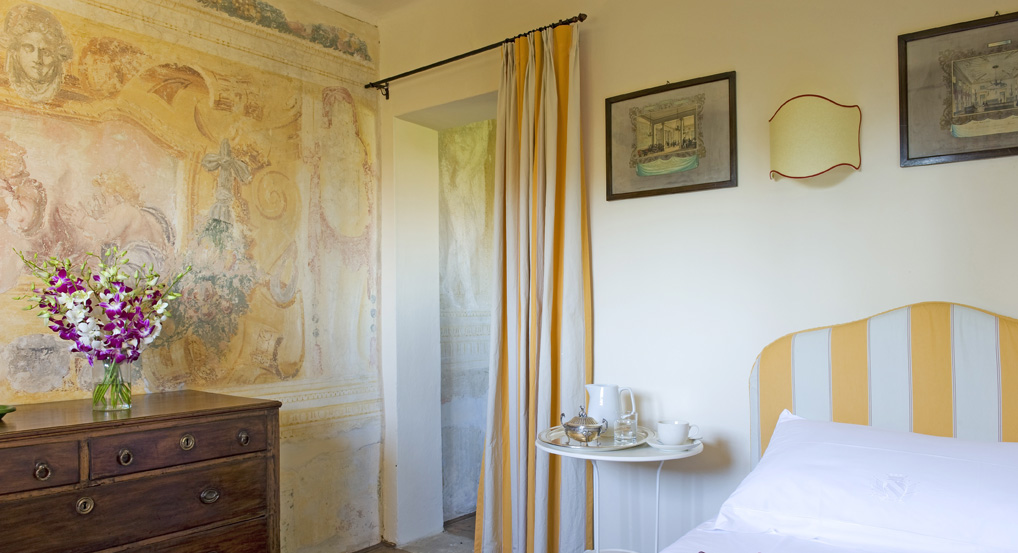The great cultural wealth of the Veneto region and its diversity is one of the main interests of the journey.
• The Venetian Villas: More than 3,000 villas were built in the hinterland of Venice between the 15th and 19th century. Some are open to the public. The most famous are the Palladian villas such as Villa Barbaro at Maser, Villa Emo at Fanzolo and La Rotonda near Vincenza. Do not miss the Villa Valmarana “Ai Nani” with frescoes by Tiepolo, Catajo castle and villa Barbarigo with its baroque garden and a maze of boxwood.
Major cultural centres of northern Italy: The strategic position of La Montecchia make easy visits to Padua, Venice, Vicenza, Verona, Ferrara, Lake Garda, Este, Montagnana, Monselice or Arqua’ Petrarca. Each of these provincial towns offers a multitude of rewarding cultural visits.
• In Venice you will have the opportunity to visit any of the 84 churches present in the city, including of course the Basilica of St. Marco, which stands next to the Doge’s Palazzo, one of the main landmarks of Venice. You can also visit the islands, such as Murano, famous for its beautiful hand blown glass.
• 40 km from Venice, you will find Padua . If you had to choose one thing to see, it would be the Cappella degli Scrovegni, a chapel entirely painted with frescoes by Giotto in the 14th century. This is considered the work which marks the beginning of the Renaissance. The main museum of Padua exposes the villa Portia collection, given to the Municipality of Padua by the owners. The Palazzo della Ragione (Palace of Reason), a surprising builing which rises above all the rest of the historical center of Padua exposes another gift made by this family to the municipality, a sumptuous wooden horse.
• At Vicenza you will be dazzled by Palladio’s genius. The beauty of the Olympic Theatre, an embodiment of Andrea Palladio, the Palladian Basilica, another of his masterworks, or the Loggia del Capitano. The small streets of this compact city want to be explored on foot, which will bring an exciting reward at each 20 steps you take.
• The city of Verona contains many treasures: start with the Roman monuments, such as the Roman Arena. Garden lovers will want to visit the Giardino Giusti. The San Zeno church will stay with you for long. Every day the Piazza delle Erbe, a beautiful square in the center of town has a colourful market.
• Asolo is a small town, famous for its lace and silk weaving . It is also resplendent with monuments, such as the remains of an amphitheatre and an aqueduct, the Rocca (castle of the 12th early 13th century), or you can visit the Palazzo della Ragione which has now become the museum of the city. In the last century it was a privileged resort by artists and writers such as Hemingway and Browning and the famous Eleonora Duse.
• The town of Bassano del Grappa is located in the heart of Veneto at the foot of the Alps. The main productions of Bassano are white asparagus, ceramics, and of course grappa. You must see the Cathedral (Duomo), the Castello Superiore (Upper Castle), or the Church of St. John the Baptist.
• The Euganean Hills (protected since 1989) is located south of Padua. There are many small towns to visit such as Este, Montagnana, Monselice and Arqua ‘Petrarca. And let yourself be tempted by small local trattorias!
• The thermal baths of Abano: Only 3km from La Montecchia is the town of Abano Terme, a spa where mineral-rich waters emerge at a temperature of 70°C to 80°C. We recommend a day at the spas of one of the luxurious hotels.


